Collections
Monthly Archive: December Coll
Kalighat Paintings: Murder in the Collection
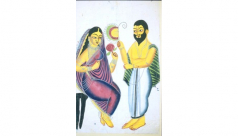
A notorious murder case is one of the subjects of the ROM’s collection of mid-nineteenth century Kalighat paintings, an urban folk art style that developed around a popular Kali temple in Kolkata, India. Written by Piali Roy.
The Natural World in South Asian Painting
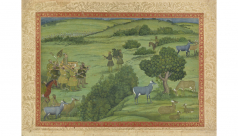
In Indian painting, nature is a space of possibilities—where spiritual retreats, leisure activities, romantic encounters, and tests of skill take place. Written by Deepali Dewan.
An Interview with Deborah Samuel on "The Extraordinary Beauty of Birds"
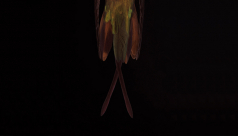
Guest blog by Environmental Visual Communication graduate David Coulson
Deborah Samuel's latest book, “The Extraordinary Beauty of Birds” is a stunning exposé of the ROM ornithology collection; an attempt, in her words, to bring these birds and feathers back to life. Here, EVC graduate David Coulson interviews Deborah about her photography and experiences working in collaboration with the ROM's Natural History collections.
Not just for show: how and why museum specimens are collected
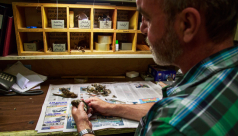
Guest blog by Environmental Visual Communication student Samantha Stephens
The sign on the door seemed quite appropriate. “Abandon all hope ye who enter here.” I imagine that, as this quote from Dante’s Inferno indicates, this might be what hell feels like. As this last barrier swings open and the dim room is revealed, the swarm of hundreds of tiny creatures moving across the concrete floor completes that vision. However, for some of the ROM’s tireless workers, this environment is heaven. Here resides the dermestid beetle colony. These ravenous beetles are eagerly seeking their next meal. Manoeuvring themselves into the crevices of skeletons, they strip the flesh from delicate specimens with more precision and speed than the nimblest of human fingers.
ROM Collections Contribute to Checklist of Indian Birds
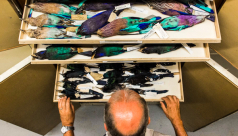
Museum collections are often undervalued and misunderstood. Regular visitors to the ROM don’t get to see what lies behind the public galleries, and yet less than 1% of the ROM’s collections are on display. These collections do far more than gather dust: they are a reference point in time, and, from a natural history perspective, provide a baseline for our understanding of life. I have received a lot of data requests from inside and outside the ROM. Some I can answer, and some I automatically forward along to collections. A group of recent emails stood out in particular...
Minding the Stores
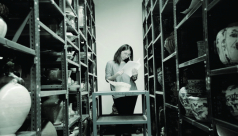
Guest blog by Lance McMillan
The ROM’s extensive collections are lovingly watched over by an expert team of dedicated curators and technicians.
Go with the Flow: Technology & Early Glass
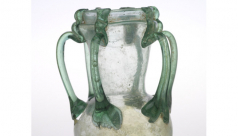
Glass is probably the most fluid of solids. Looking at blown glass, such as that in the ROM's Chihuly exhibition, is like watching movement made still. If you look carefully at the handles of the perfectly preserved handles of this Roman glass vase from Syria (above), it looks as though it is still a fluid, still dynamically moving along its flow. In a way, that is because it is. Glass essentially has the atomic structure of a fluid, but it has been so rapidly cooled that it is essentially stuck in that condition.
New to ROM: Tiger Claw Necklace
On the one hand, it is an example of delicate Victorian jewelry. On the other, it is a reminder of a past when the conservation of wildlife species was far from the minds of people. Written by Deepali Dewan.
Earth's Archives: Every Rock Tells a Story Part 1
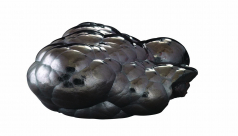
Hermatite
By: Ian Nicklin
Hematite is a common ore of iron that was extensively mined in northern England in the 19th century. The miners referrred to globular aggregates of hematite, such as this, as "kidney-ore" since it reminded them of the organ. We call this shape "reniform," which means the same thing: kidney-shaped.
A Spotlight on Illegal Pelt Trading, and What the ROM Has to Do With It
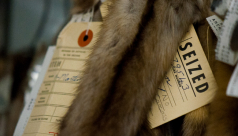
Guest blog post by Environmental Visual Communication alumnus Matt Jenkins.
Celebrating its centennial birthday this year, the ROM has always stood as a place of education, family enjoyment and research. That is why I found it surprising that the ROM identifies nearly one quarter of its roughly one thousand pelts as ‘seized’ or illegal. Fear not though, as I learned, they are at the museum with the proper permits and have actually played integral roles in assisting the prevention of illegal pelt trading.
